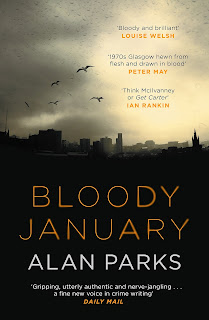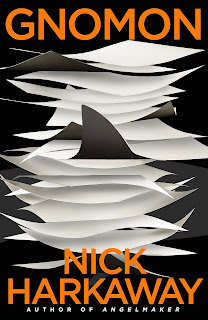Elysium Fire - Alastair Reynolds

I think I can see why Alastair Reynolds has decided to expand on his earlier novel The Prefect (repackaged as Aurora Rising ) and come around to the idea that there are more adventures to tell within the ranks of Panoply, the organisation responsible for monitoring the democratic process within the Glitter Band in the author’s Revelation Space universe. I’m not sure why I hadn’t noticed it before (perhaps because there’s less of a mass killer-robot distraction in this one), but the parallel of the role of the Prefects trying to uphold federalism and democracy within the Glitter Band becomes much more obvious in Elysium Fire when the question of “the will of the people” of a handful of worlds wanting to “take back control” through autonomy arises. To put it another way, it seems like there is going to be what you might call a ‘Glexit’ crisis. That however isn’t the main problem that the agents of Panoply have to deal with in this second Prefect Dreyfus novel, although as you’d imagine



